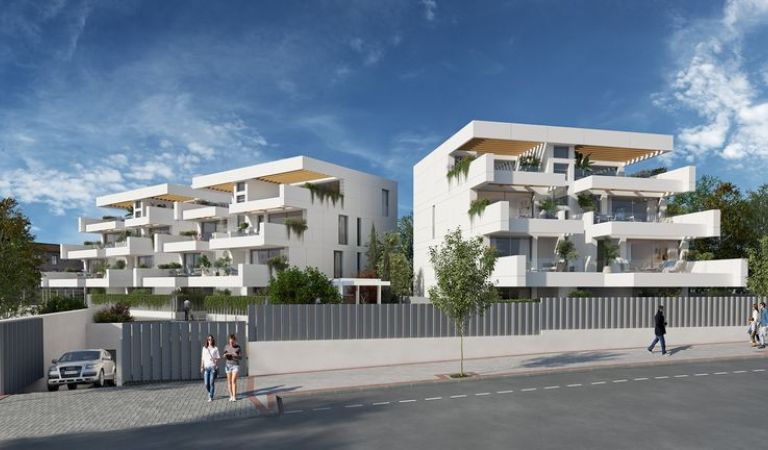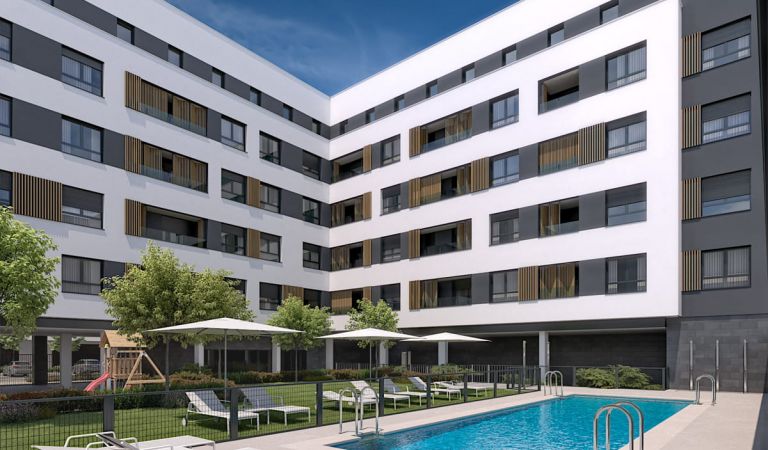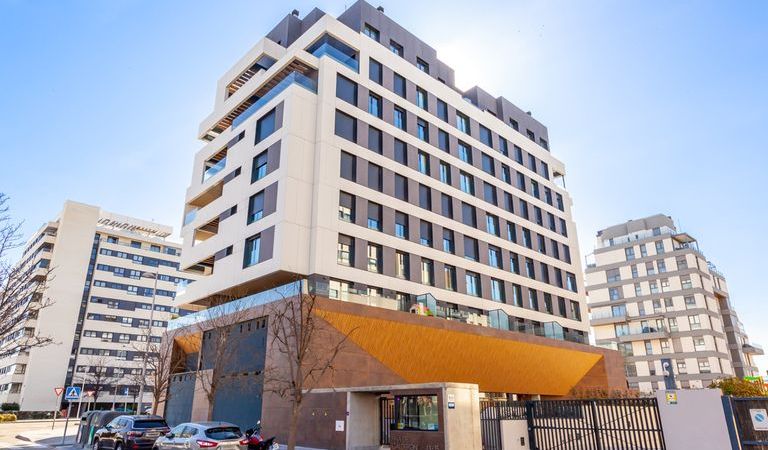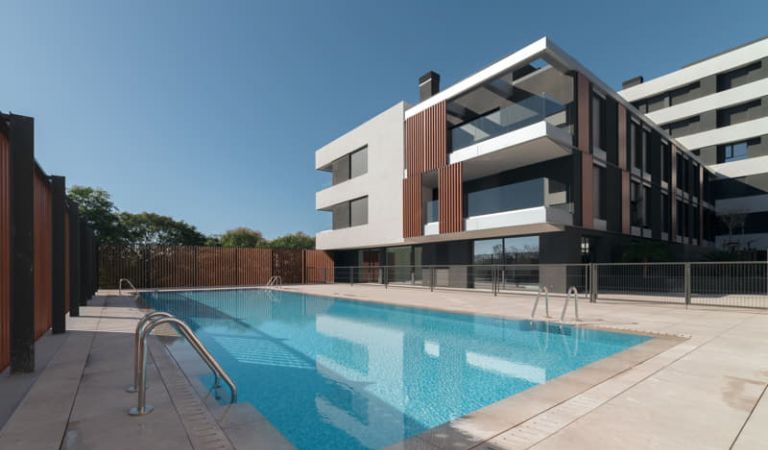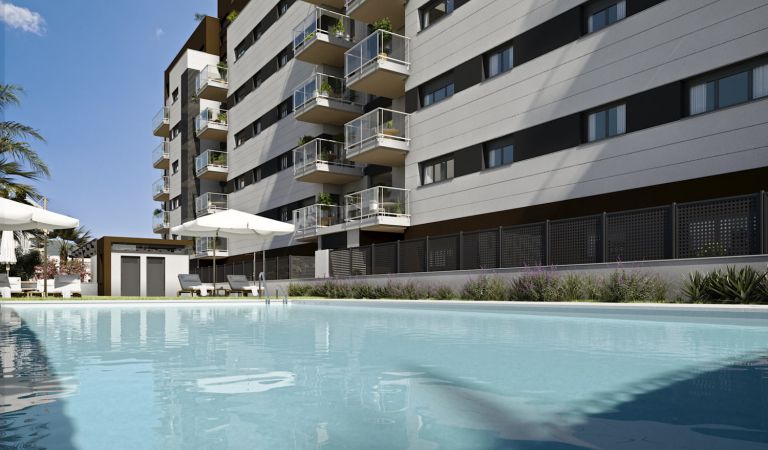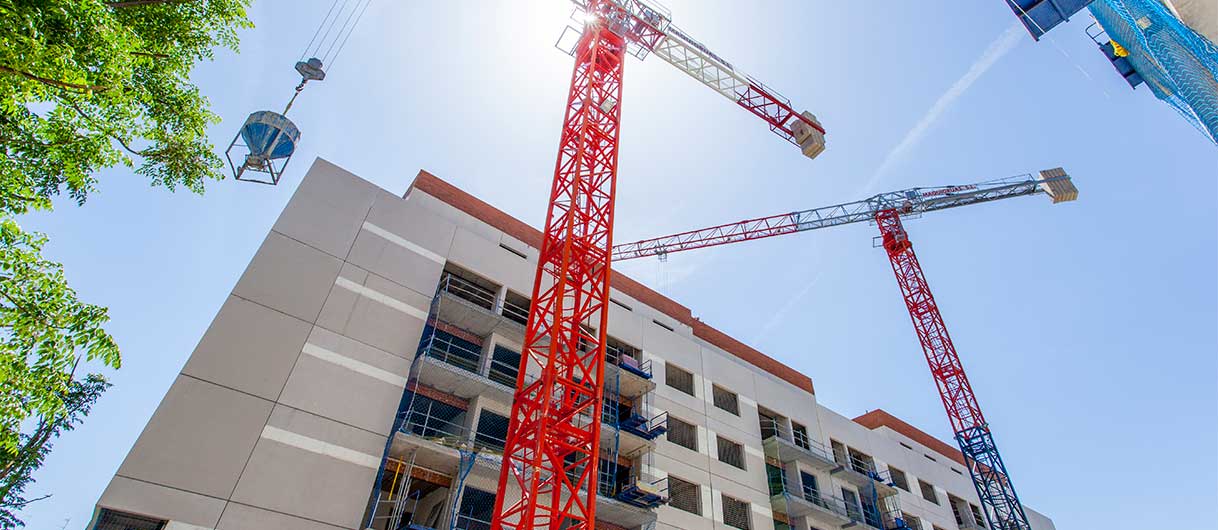Once again today we are going to talk about one of the specific documents concerning your home, in this case the Building Evaluation Report. We will tell you what it is, what its most significant aspects are, and why it is so important for this document to be in order.
How is it defined and what is it based on?
The Building Evaluation Report is a document that certifies the situation in which a building finds itself in relation to a variety of aspects such as: its state of repair, its compliance with the current regulations governing universal accessibility, as well as the conditions and level of energy efficiency it has.
In addition to these three areas, a fourth has recently been added: ‘Basic Conditions for Noise Protection’, which attempts to evaluate, on a voluntary basis, the acoustic conditions of a building, as a preliminary step to the possibility of drawing up proposals for acoustic improvements.
As such, it may be stated that this document includes, on the one hand, a Technical Inspection (ITE), and on the other hand, an energy-efficiency certificate for the building which analyses the building’s energy needs. Thus the purpose of all this would be to establish criteria for the improvement and refurbishment of the building.
What is the aim of the BER and when should it be carried out?
The National Plan for the promotion of residential lettings, the refurbishment of buildings, and urban regeneration and renewal (2013-2016) explains that the BER is a tool that allows the characteristics of a building in terms of its safety, accessibility, habitability, and above all its energy needs, to be ascertained, so as to determine at some future time whether or not the national requirements under Directive 2012/27/EU proposed for 2020 will be met.
As a general rule, residential multi-occupancy buildings are required to undergo the BER certification process when they reach the age of 50, and thereafter every 10 years.
However, it should be pointed out that the Autonomous Regions and local authorities have the power to require tests to be carried out more frequently where they consider this appropriate.
Meanwhile, this document must always be filed when the owners of a building apply for public funds to carry out conservation, accessibility, or energy-efficiency works.
Who can issue a Building Evaluation Report and how much does it cost?
According to the Ministry of Development, the following professionals are qualified to perform the tasks and issue the said Report:
a) Architects or construction administrators who meet the criteria established at article 30 of Royal Legislative Decree 7/2015.
b) Other qualified technical personnel as determined by the Ministerial Order contained at the First Final Provision of Royal Legislative Decree 7/2015.
With regard to the cost of the ITE, it is a free market, and as such prices are established in accordance with competition and the fixed costs involved in each case, depending (for example) on the surface area of the building or its age.
Were you aware of the characteristics and features of the BER? A document of vital importance, and failure to be in possession of this document constitutes a planning offence with the corresponding penalties.


